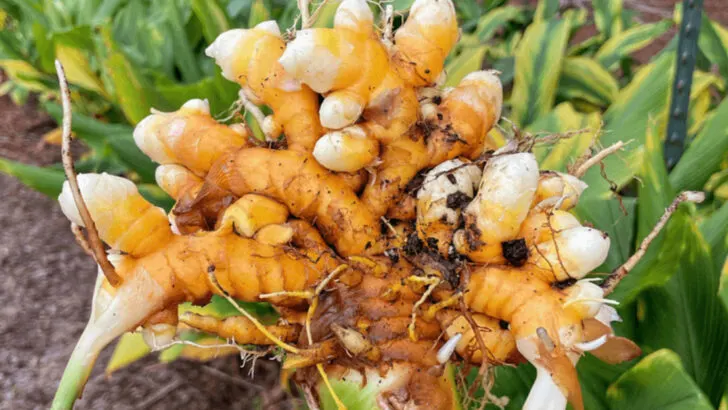What if your kitchen garden could double as your natural medicine cabinet? Many of the most common edible plants we grow or buy—think basil, garlic, or ginger—don’t just add flavor to meals. They’ve also been used for centuries as gentle, effective remedies for everyday issues like inflammation, digestive trouble, or fatigue.
In this article, we’re highlighting 15 edible plants that nourish your body and quietly support your wellbeing. Some are packed with antioxidants, others soothe the gut, ease headaches, calm nerves, or support immunity. The best part? These aren’t rare superfoods or hard-to-find herbs. They’re easy-to-grow plants that Plantisima readers can cultivate at home—in raised beds, balcony pots, or even sunny kitchen corners.
At Plantisima, we love when plants do more than look good. These healing edibles bring together beauty, function, and care—right from the soil. Whether you sprinkle them on your lunch or steep them into tea, these multitasking plants prove that your garden isn’t just feeding your body—it’s nurturing your whole self.
Aloe Vera
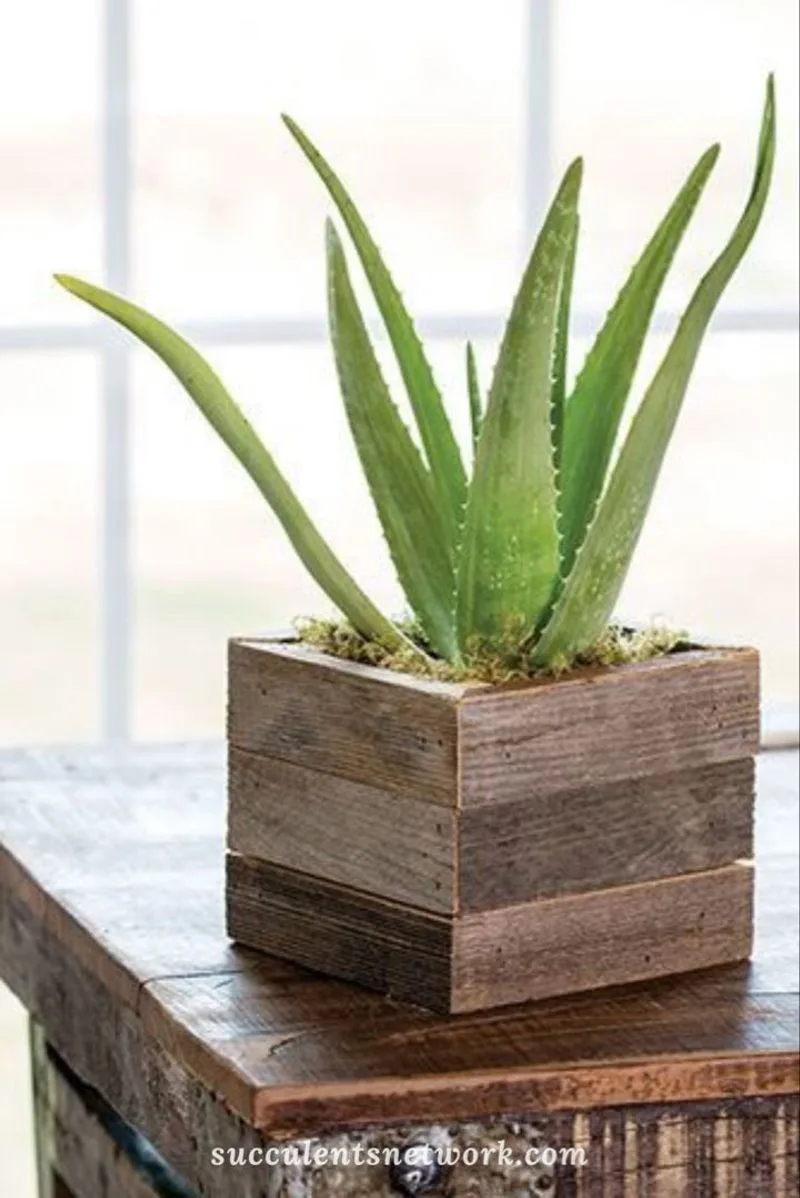
Aloe Vera, known for its succulent leaves filled with soothing gel, is a staple in many households. This plant’s gel is excellent for relieving sunburns and skin irritations. It’s not just for topical use; Aloe Vera juice can aid digestion and detoxification. Historically, this plant has been revered for its healing properties, mentioned in ancient texts as a cure-all. With its easy-to-grow nature, Aloe Vera provides both beauty and practicality in any home garden or window sill.
Ginger
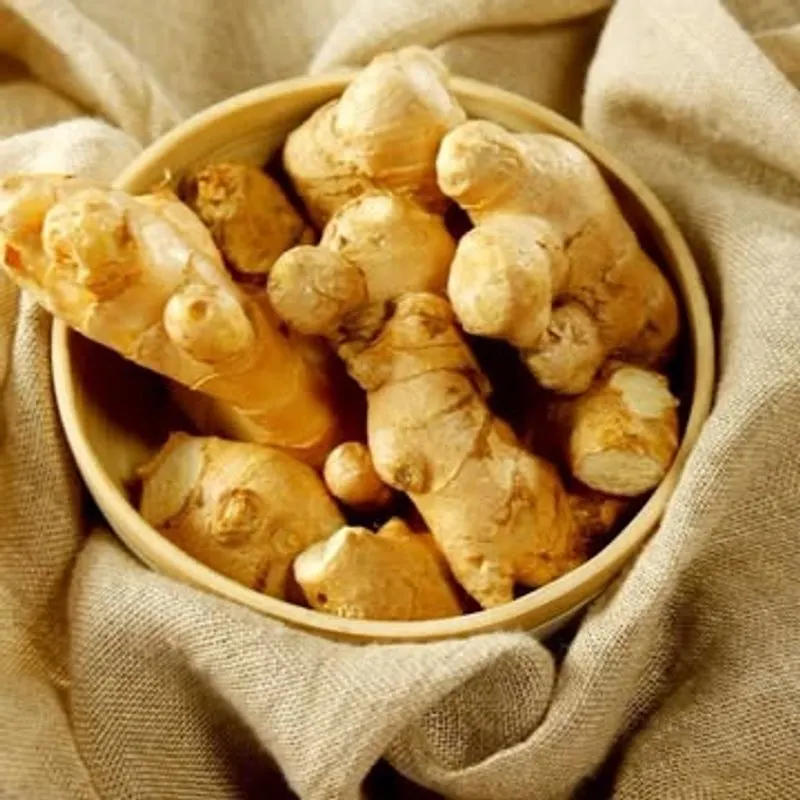
Ginger’s spicy, aromatic roots have been treasured for centuries. Known for its ability to soothe nausea and improve digestion, it’s a favorite among herbalists. Whether you’re brewing a warming ginger tea or adding it to stir-fry, this plant is as versatile as it is beneficial. A staple in Asian cuisine, ginger also carries anti-inflammatory properties that can ease muscle pain. With its distinctive appearance and potent flavor, ginger is a delightful addition to both your kitchen and natural remedy toolkit.
Mint
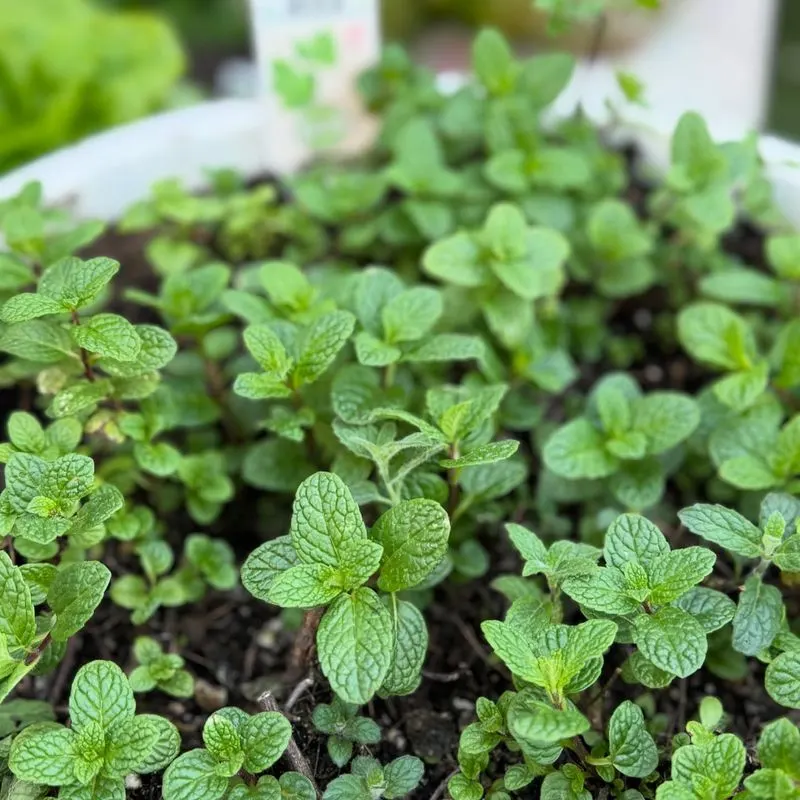
Mint, with its refreshing aroma and flavor, is more than just a garnish. Its leaves are perfect for calming indigestion and adding a burst of freshness to dishes. Used in teas and salads, mint’s cooling properties make it a favorite in hot climates. Historically, it symbolized hospitality and was used in ancient Greek rituals. Easy to grow, this plant thrives in gardens and pots alike, making it accessible to anyone seeking its refreshing qualities.
Turmeric
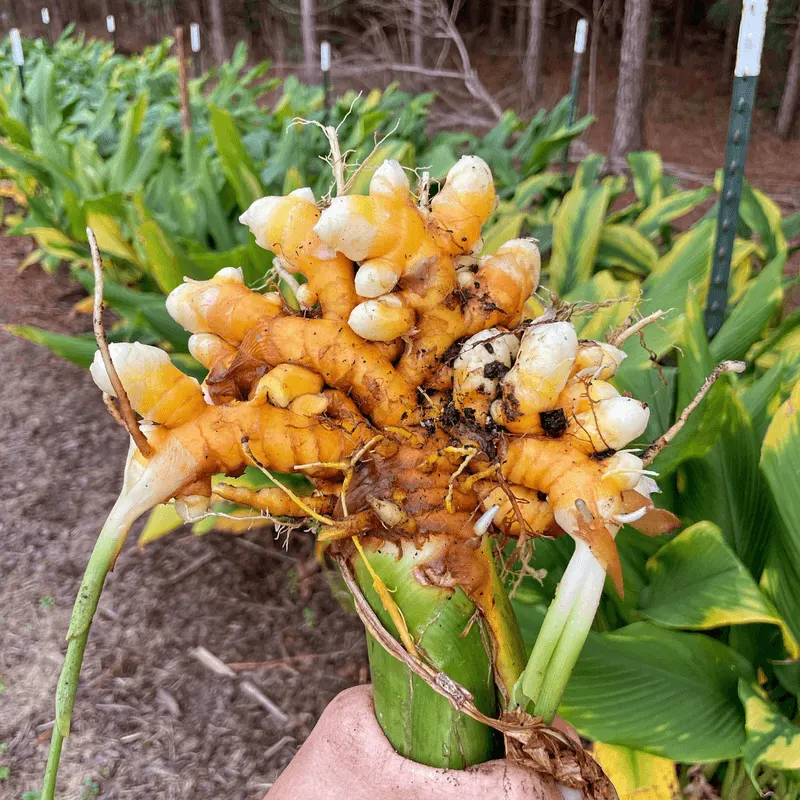
Turmeric, the golden spice, is celebrated for its earthy flavor and vibrant color. Beyond the kitchen, it’s renowned for its anti-inflammatory properties, primarily due to curcumin. This makes it a powerful ally against inflammation and joint pain. Many cultures have used turmeric not only for cooking but also in traditional medicine, enhancing its revered status. Whether in curries or smoothies, turmeric adds both flavor and health benefits to your diet.
Basil
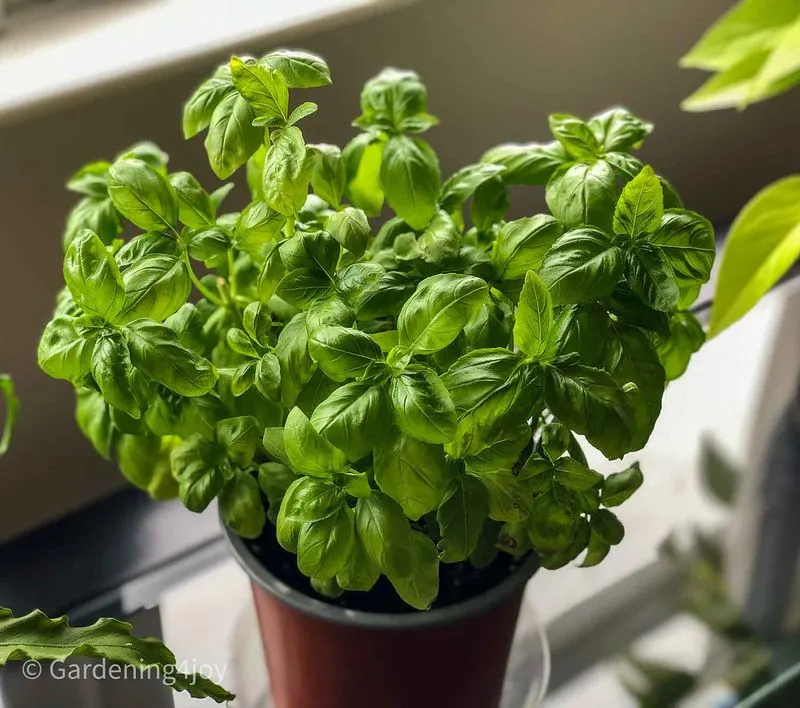
Basil, a key ingredient in pesto, is cherished for its sweet aroma and peppery flavor. Its leaves possess antioxidants that can help reduce inflammation. Used in both cooking and natural remedies, basil can uplift your mood and aid digestion. This plant’s history is rich, symbolizing good luck and protection in various cultures. Easy to grow indoors or out, basil offers culinary flair and health benefits in equal measure.
Rosemary
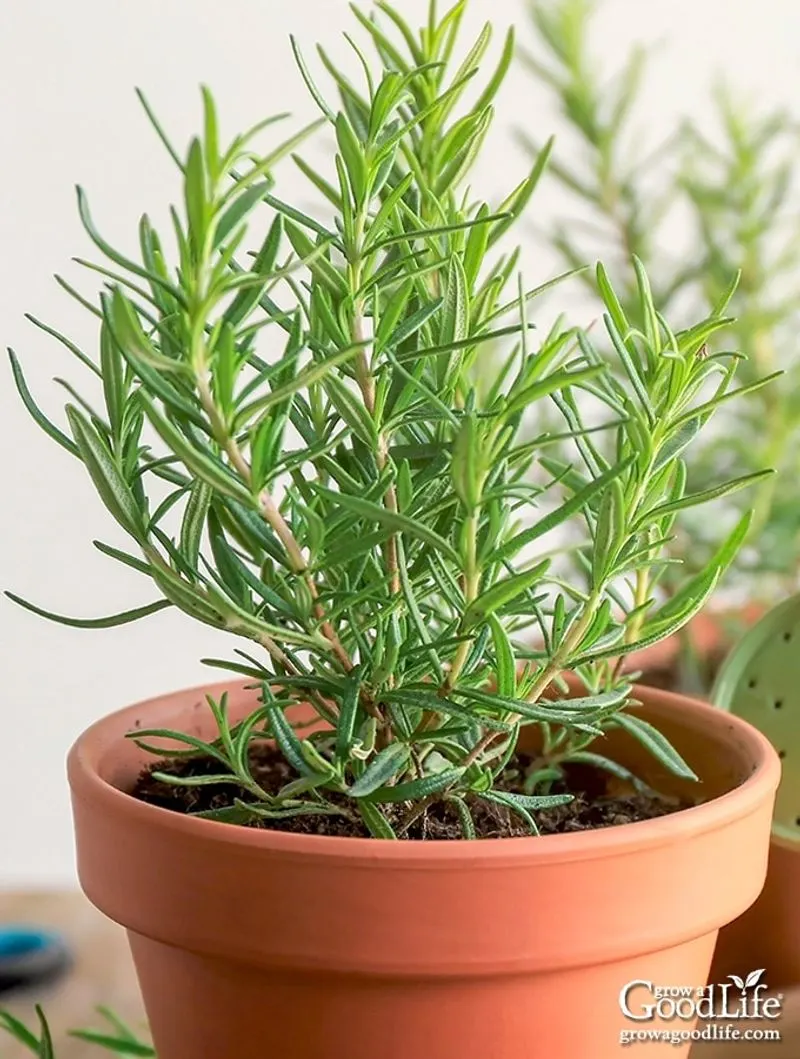
Rosemary’s woodsy aroma and flavor make it a culinary favorite. But beyond seasoning, it’s known for boosting memory and concentration. With its needle-like leaves rich in antioxidants, rosemary supports brain health and digestion. Historically, this herb was a symbol of fidelity and remembrance. Thriving in sunny spots, rosemary is easy to cultivate, making it a great addition to both your kitchen and herbal medicine cabinet.
Chamomile
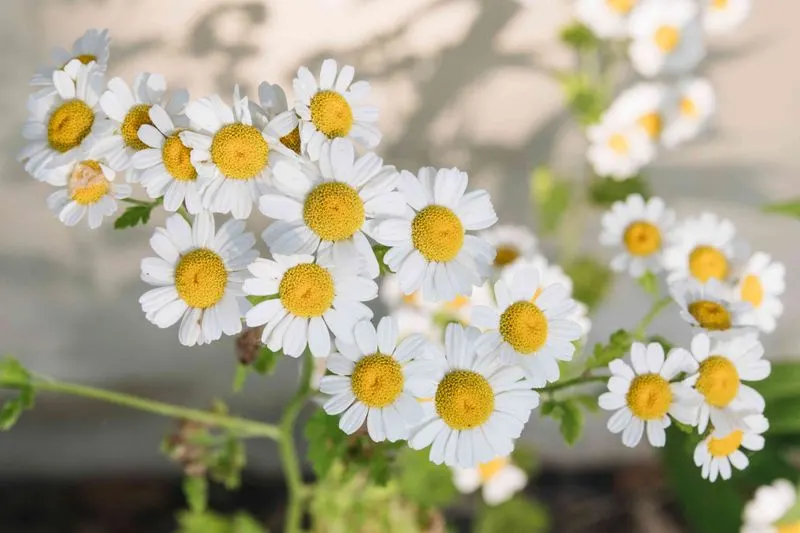
Chamomile, with its delicate daisy-like flowers, is synonymous with relaxation. Known for its calming effects, chamomile tea is a popular remedy for stress and insomnia. Beyond its soothing qualities, it’s also used to alleviate digestive issues. Steeped in history, this herb has been used in ancient Egypt and Rome for its medicinal properties. Easy to grow, chamomile is a gentle yet effective addition to any herbal garden.
Lavender
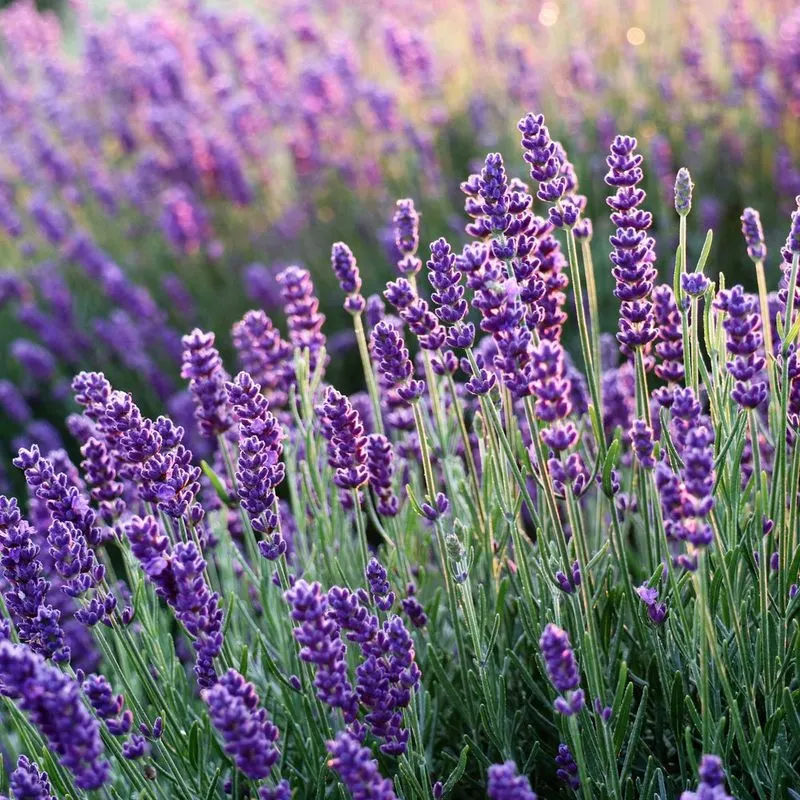
Lavender, famous for its calming scent, is not just a pretty flower. It’s used for reducing anxiety and promoting restful sleep. Whether in teas or aromatherapy, lavender offers stress-relief and mood enhancement. Its historical use dates back to Roman times when it was valued for its fragrance and medicinal properties. Growing lavender adds beauty to gardens and a natural remedy for those seeking tranquility.
Sage
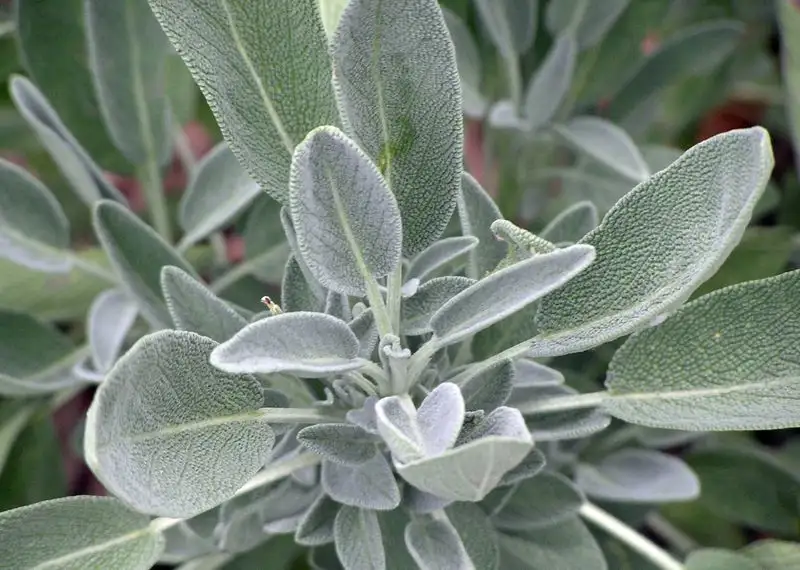
Sage is a powerhouse of flavor and health benefits. Revered for its ability to improve memory and cognitive function, it’s a staple in traditional medicine. Sage tea can soothe sore throats, while its essential oils are used in aromatherapy. Historically, sage was considered sacred and believed to ward off evil. Its robust nature makes it easy to cultivate, offering both culinary delights and natural remedies.
Garlic
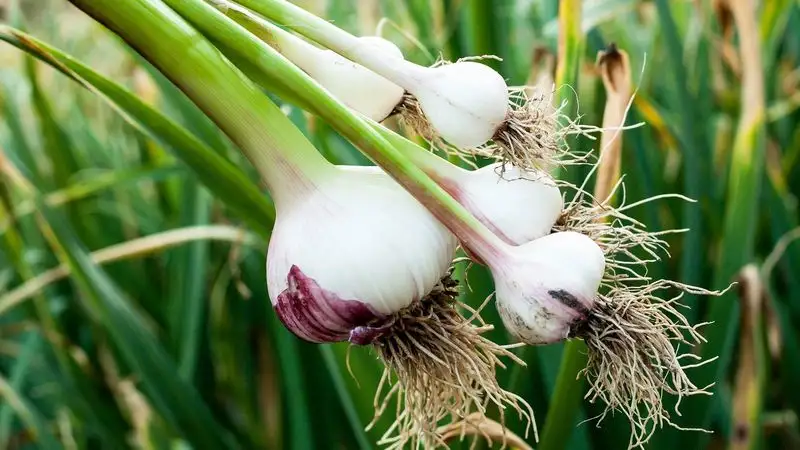
Garlic, with its pungent aroma, is a culinary and medicinal marvel. Known to boost the immune system and lower blood pressure, it’s a staple in kitchens worldwide. Its antibacterial and antioxidant properties make it a natural remedy for colds and infections. Garlic’s history is rich, revered in ancient civilizations for its healing powers. Easy to grow, garlic is an essential addition to any garden seeking flavor and health benefits.
Thyme
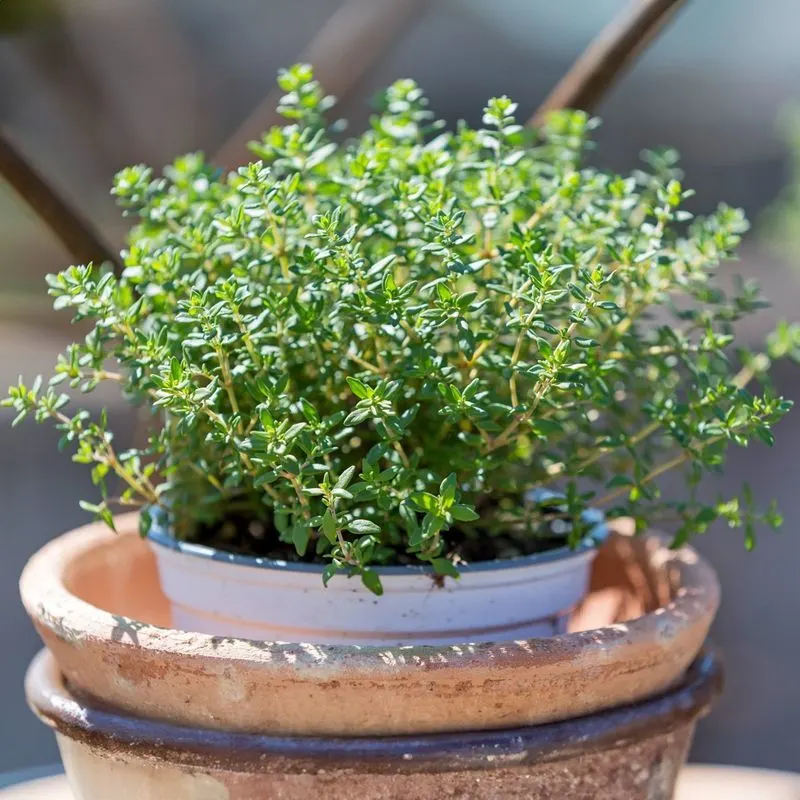
Thyme is more than just a seasoning; it’s a versatile herb with medicinal benefits. Known for its ability to relieve coughs and respiratory issues, thyme tea is a soothing remedy. Its antiseptic properties make it a natural ally in fighting infections. Historically, thyme was used in ancient Greece for courage and purification. Easy to cultivate, thyme offers both flavor and health benefits, making it a worthy addition to any garden.
Lemon Balm
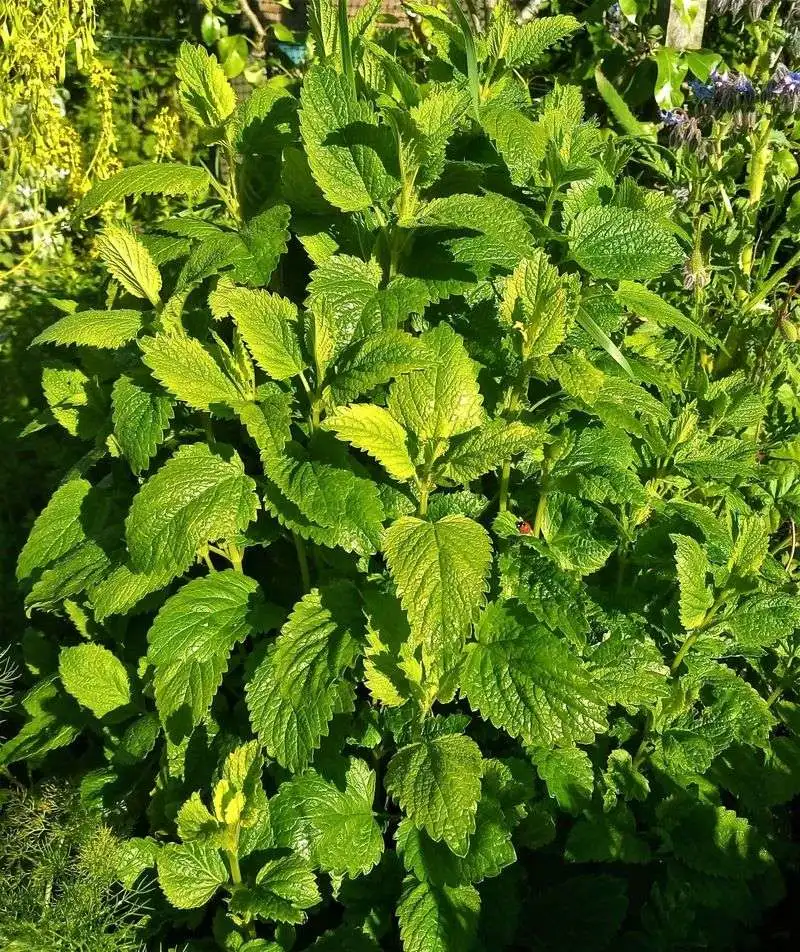
Lemon balm, with its citrusy scent, is a delight in both the kitchen and the medicine cabinet. Its calming properties make it a popular remedy for anxiety and insomnia. Used in teas and essential oils, lemon balm is also known to improve cognitive function. Historically, it was used in medieval times for its medicinal benefits. Easy to grow, this herb is a refreshing and healthful addition to any garden.
Echinacea
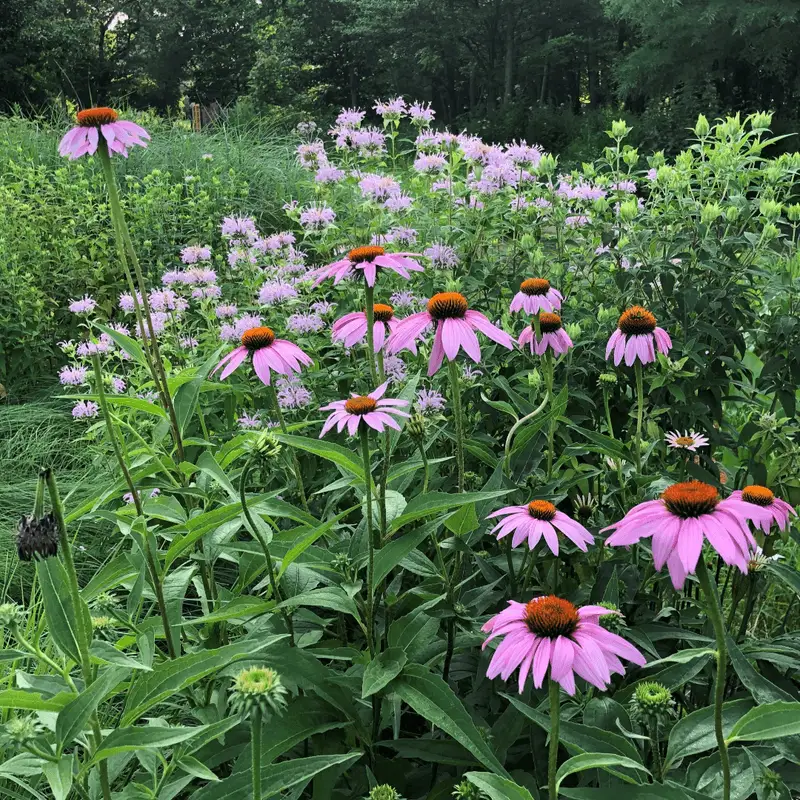
Echinacea, celebrated for its vibrant flowers, is more than just a pretty plant. Known for boosting the immune system, it’s a popular remedy for colds and infections. Whether in teas or supplements, echinacea provides a natural defense against illness. Its use dates back to Native American tribes who valued it for its healing properties. Growing echinacea adds beauty and resilience to gardens, offering both aesthetic and health benefits.
Parsley
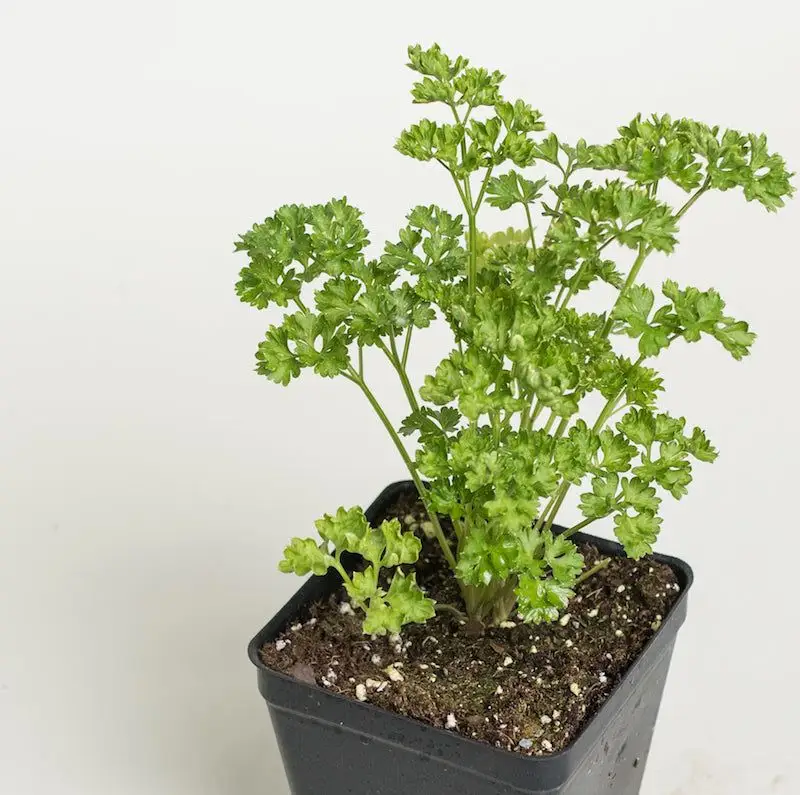
Parsley, often seen as a garnish, is a nutritional powerhouse. Rich in vitamins C and K, it supports bone health and immune function. Its diuretic properties make it a natural remedy for bloating and kidney issues. Historically, parsley was used in ancient Greece for its medicinal benefits. Easy to grow, this herb offers both culinary and health benefits, making it a valuable addition to any kitchen garden.
Dandelion
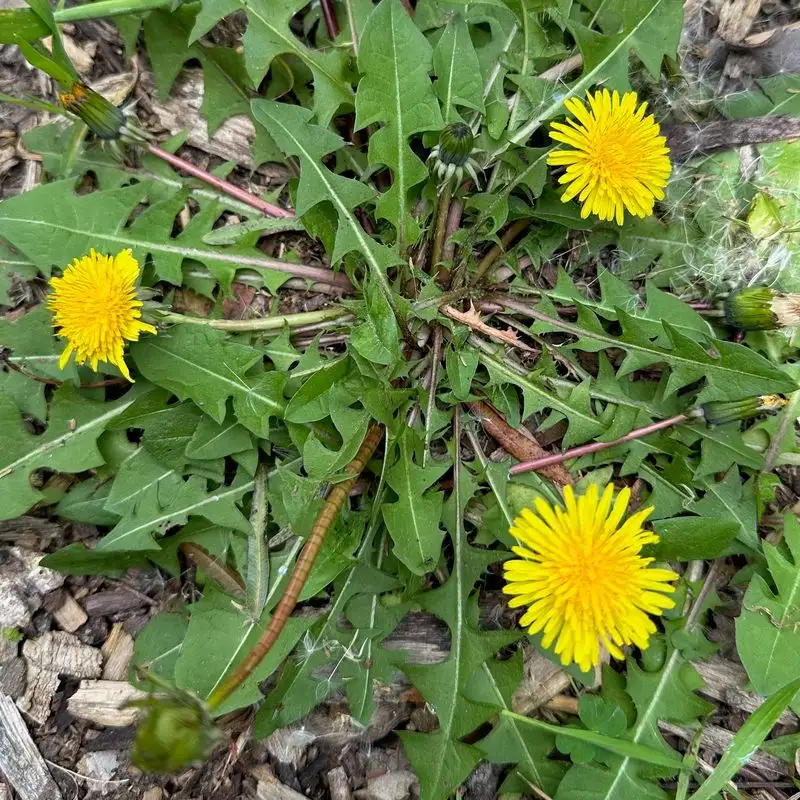
Dandelions, often dismissed as weeds, are surprisingly nutritious. Their leaves are rich in vitamins, while the roots support liver function. Used in teas and salads, dandelions offer detoxifying benefits. Historically, they were used in traditional medicine for their healing properties. Easy to find and cultivate, dandelions provide both nutritional and medicinal value, redefining their role in gardens beyond mere weeds.

